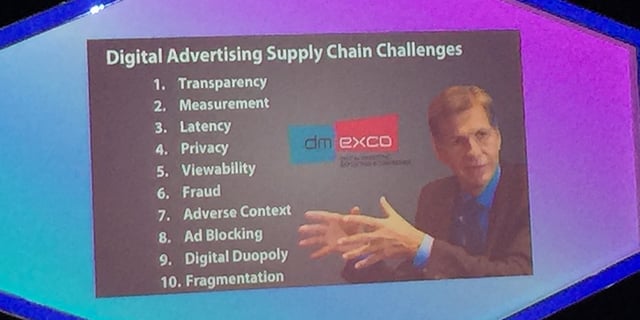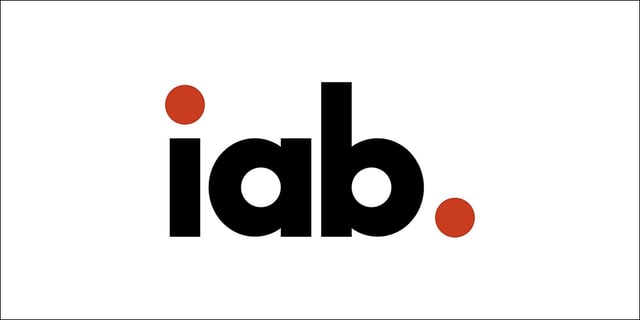
This week's review of ad fraud and quality in the digital advertising space.

On Thursday, at Dmexco, a panel of digital ad stakeholders discussed the current state of the supply chain — and what can be done to improve it. Pixalate recapped the conversation, which revolved around 10 key supply chain challenges, and how far along we are in combatting each threat.


The IAB Tech Lab this week announced that its OpenRTB 3.0 protocol is now open for public comment. Per the IAB, the update is "a major overhaul to the real-time bidding framework that will heighten trust in the security of the automated advertising supply chain by giving buyers more transparency during the bid process."

According to MediaPost, citing research from IHS Markit on behalf of IAB Europe, over 50% of display ads in Europe are now traded via programmatic. "The study estimates that Europe’s programmatic display ad marketplace has expanded 42.7% to $9.7 billion in 2016," wrote MediaPost. "Programmatic mobile ad trading also rose sharply, expanding 65% in 2016."

"eMarketer has reduced its estimate for US TV ad spending due to faster-than-expected growth in cord-cutting," wrote the research company in a blog post announcing the revised estimates. "This year, there will be 22.2 million cord-cutters ages 18 and older, a figure up 33.2% over 2016. The overall tally is much higher than the 15.4 million eMarketer previously predicted," eMarketer wrote.
Sign up for our blog to stay updated with new stats, trends, and analysis on digital ad fraud.
*By entering your email address and clicking Subscribe, you are agreeing to our Terms of Use and Privacy Policy.
These Stories on Weekly Recaps
*By entering your email address and clicking Subscribe, you are agreeing to our Terms of Use and Privacy Policy.

Disclaimer: The content of this page reflects Pixalate’s opinions with respect to the factors that Pixalate believes can be useful to the digital media industry. Any proprietary data shared is grounded in Pixalate’s proprietary technology and analytics, which Pixalate is continuously evaluating and updating. Any references to outside sources should not be construed as endorsements. Pixalate’s opinions are just that - opinion, not facts or guarantees.
Per the MRC, “'Fraud' is not intended to represent fraud as defined in various laws, statutes and ordinances or as conventionally used in U.S. Court or other legal proceedings, but rather a custom definition strictly for advertising measurement purposes. Also per the MRC, “‘Invalid Traffic’ is defined generally as traffic that does not meet certain ad serving quality or completeness criteria, or otherwise does not represent legitimate ad traffic that should be included in measurement counts. Among the reasons why ad traffic may be deemed invalid is it is a result of non-human traffic (spiders, bots, etc.), or activity designed to produce fraudulent traffic.”

